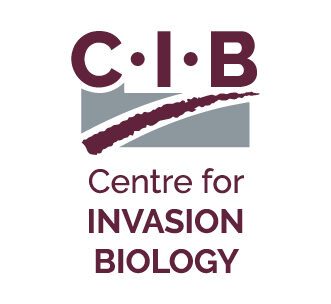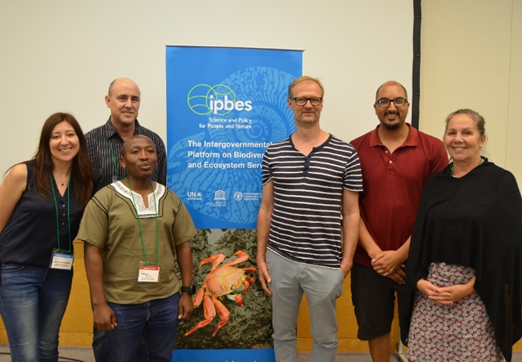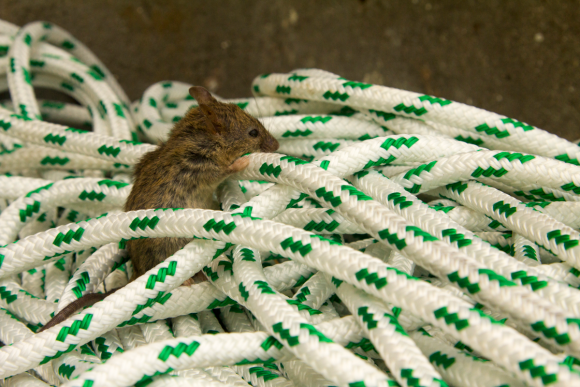A new interdisciplinary framework, called ‘One Biosecurity’, is gaining momentum as an essential approach to overcome the disconnect between the fields of One Health and biosecurity. This unified strategy is argued to be crucial to effectively safeguarding the health of people, animals, plants, and ecosystems from the ever-growing threat of biological hazards, especially biological invasions.
Despite sharing the common goal of protecting health from biological dangers, One Health and biosecurity have largely operated in distinct ‘silos’ within policy and research. A recent paper highlights that One Biosecurity is essential to implement One Health.
“One Health grew out of the recognition that diseases like Ebola have been transmitted from animals into humans, which necessitated collaboration between public health officials and veterinarians,” says Professor John Wilson, a scientist with the South African National Biodiversity Institute and a Core Team member of the Centre for Invasion Biology (C·I·B) at Stellenbosch University.
Over time, One Health‘s definition expanded to include human, animal, plant, and ecosystem health, forming a collaboration involving the Food and Agriculture Organization (FAO), the World Health Organization (WHO), the World Organisation for Animal Health (WOAH), and the United Nations Environment Programme (UNEP).
However, One Health has yet to fully integrate environmental perspectives, with biological invasions being notably undervalued. Wilson notes that environmental health is “very often just simply tacked on” to One Health discussions. Similarly, biosecurity, traditionally focused on protecting agriculture from pests and pathogens, often lacks effective inclusion of social and health sciences perspectives. A recent bibliometric analysis revealed that despite over 3,000 articles on either One Health or biosecurity in the last two decades, fewer than 0.6% addressed both topics jointly, with One Health research focusing more on human health and biosecurity on the environment.
The interconnected threat of biological invasions
Biological invasions pose a complex and interconnected threat to human health, manifesting through various pathways. Directly, alien species can be human pathogens themselves, such as SARS-CoV-2 or measles, and spread globally through human movement. They can also act as vectors for diseases, like invasive mosquitoes transmitting dengue or West Nile virus in new regions. They serve as hosts for existing pathogens, with invasive mammals carrying diseases like Lyme disease or alien plants, such as North American pines, hosting bacteria that cause Legionnaires’ disease. Some alien species can also directly harm humans through allergens or venoms.
Biological invasions also impact human well-being by degrading nature’s contributions to people. This can lead to food insecurity due to crop pests or livestock diseases, historically even contributing to famines. Invasions can also affect regulating services, such as invasive plants creating habitats that increase the local density of insect vectors, or the loss of urban trees to pests being linked to increased respiratory illnesses in humans. These diverse impacts highlight the researcher’s call for an integrated approach like One Biosecurity, which recognizes the deep interdependencies among human, animal, plant, and ecosystem health.
Implementing One Biosecurity
One Biosecurity offers a ‘vital interdisciplinary framework’ that extends across the entire biosecurity continuum, from pre-border intelligence scans to border inspections and post-border incursion management. This approach has gained increasing traction globally, with organizations like IPBES, CBD, IUCN, and FAO recommending it. Countries like New Zealand, Nigeria, Malaysia, and South Africa are also exploring its implementation.
One Biosecurity proposes seven key areas to enhance the collaborative management of biological invasions and support One Health, emphasizing a holistic approach across human, animal, plant, and ecosystem health.
One Biosecurity promotes using open-source intelligence to detect emerging biological threats early by analyzing publicly available data, and emphasizes understanding how these threats spread through global travel, trade, and shipping in order to improve management. It stresses the importance of coordinated border surveillance using advanced methods, assessing risks of post-border spread linked to human movement, and gaining public trust for control measures through community engagement. The approach also calls for interdisciplinary training to develop biosecurity expertise, alongside adaptive, integrated governance that fosters collaboration across government sectors and international bodies for effective threat management.
Ultimately, One Biosecurity is not an alternative to One Health but a holistic approach that directly addresses the threats of biological invasions, thereby enhancing human health, well-being, and livelihoods. While acknowledging that collaboration can be difficult and costly, Wilson stresses the importance of being selective and focusing efforts where this integrated approach truly delivers significant value. By unifying efforts, One Biosecurity aims to engage a broader range of organizations and stakeholders, implementing balanced strategies that will better protect global health and the environment.
Read the paper in BioScience
Philip E. Hulme , Michele S. Dechoum, Franz Essl, Angeliki F. Martinou, Aníbal Pauchard, Petr Pyšek, Helen E. Roy, Andy W. Sheppard, Montserrat Vilà and John R. U. Wilson. 2025. One Biosecurity is essential to implement One Health. BioScience, 2025, 0, 1–18. https://doi.org/10.1093/biosci/biaf110
For more information, contact Prof John Wilson at jrwilson@sun.ac.za



